The Power of Color: How to Use Shades to Enhance Your Mood and Style
Color is an omnipresent force in our lives, significantly influencing our emotions, perceptions, and even behaviors. From the clothes we choose to wear to the decor in our homes, the shades that surround us play a critical role in shaping our moods and style. Understanding the psychology of color can empower us to make informed choices that enhance our well-being and personal expression. In this article, we explore the power of color and provide practical tips on how to use shades to elevate both your mood and style.
The Psychology of Color: How Hues Affect Your Mood
Colors evoke emotions and associations that can affect our psychology. Here’s a breakdown of some common colors and their psychological impacts:
1. Red
Often associated with passion, energy, and action, red can elevate heart rates and evoke strong feelings. It is a great color for creating an atmosphere of excitement and confidence. However, in excess, red can also indicate anger or stress.
2. Blue
In stark contrast to red, blue exudes calmness and tranquility. Known for its ability to reduce anxiety and promote serenity, blue is often chosen for spaces meant for relaxation, such as bedrooms and offices.
3. Yellow
Symbolizing happiness and optimism, yellow can uplift your spirits and energize your surroundings. However, too much yellow can lead to feelings of frustration or anxiety, so it’s best used in moderation.
4. Green
Associated with nature and health, green is a rejuvenating color that promotes balance and harmony. It is well-suited for spaces meant for relaxation and contemplation.
5. Purple
Purple is often linked to luxury and creativity. It can inspire imagination and can be both calming and stimulating, making it an excellent choice for artistic spaces.
6. Neutrals
Colors like white, gray, beige, and black serve as the backdrop for many styles and moods. While they can be understated, neutrals can also convey sophistication and elegance when paired thoughtfully with other colors.
Understanding these associations allows you to harness the power of color to create the desired emotional environment in your life.
Using Color to Enhance Personal Style
When it comes to fashion, color can play a significant role in defining personal style. Here are some tips on how to use color effectively in your wardrobe:
1. Know Your Undertones
Understanding whether you have warm or cool undertones can greatly influence which colors flatter your skin. For example, those with warm undertones often shine in earthy colors like oranges, yellows, and warm reds, while cool undertones may look better in blues, pinks, and purples.
2. Build a Cohesive Color Palette
Creating a capsule wardrobe with a cohesive color palette can make choosing outfits simpler and more stylish. Focus on choosing a few primary colors and accent shades that blend well together.
3. Use Color to Make a Statement
Don’t shy away from bold colors! A bright coat, vibrant shoes, or standout accessories can add flair to any outfit. Use statement pieces to express your personality and make your outfit memorable.
4. Play with Patterns and Textures
Incorporating patterns and textures in various colors can add depth and interest to your wardrobe. Stripes, florals, or geometric patterns can all enhance your personal style while allowing you to experiment with different hues.
5. Accessorize Thoughtfully
Accessories are an excellent way to incorporate color without overwhelming your look. Consider colorful bags, scarves, or jewelry that can easily elevate an otherwise neutral outfit.
Creating a Colorful Home Environment
Beyond fashion, color can transform your living spaces into environments that enhance your mood and reflect your style. Here are some ideas for using color in your home:
1. Choose the Right Neutrals
Start with a neutral base to build your rooms around. Soft whites and grays can create a calming backdrop for brighter colored accents and artwork.
2. Accent Walls
If you’re hesitant about committing to bold colors, consider painting an accent wall. This allows you to incorporate vibrant shades while maintaining a more subdued overall aesthetic.
3. Colorful Decor
Use decorative items like cushions, rugs, and artwork to bring color into your home. These accents can be easily swapped out as trends change or your personal taste evolves.
4. Natural Light Consideration
Consider how natural light affects colors in your space. Keep in mind that the same color can look different in bright daylight compared to dim artificial lighting.
5. Reflect Your Personality
Ultimately, your home should be a reflection of who you are. Don’t be afraid to incorporate colors that resonate with you, even if they are unconventional.
Conclusion
The power of color is undeniable. By understanding the psychological effects of different hues and how they can be applied in fashion and interior design, you can enhance your mood and style in countless ways. Remember, the most important aspect of using color is to make choices that resonate with your personal preferences. Whether you want to create a calming sanctuary or a vibrant fashion statement, the careful selection of color allows you to express yourself while positively impacting your emotions. Embrace the spectrum of colors available to you and unleash your potential for a more stylish and joyful life.
[modern_footnote_source_link]




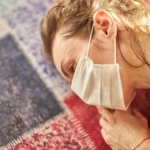










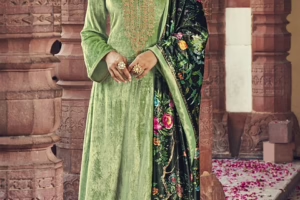

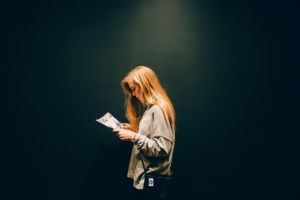
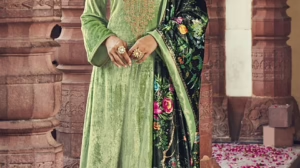

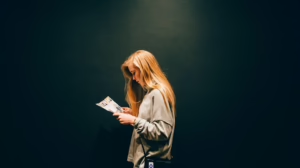




Add Comment